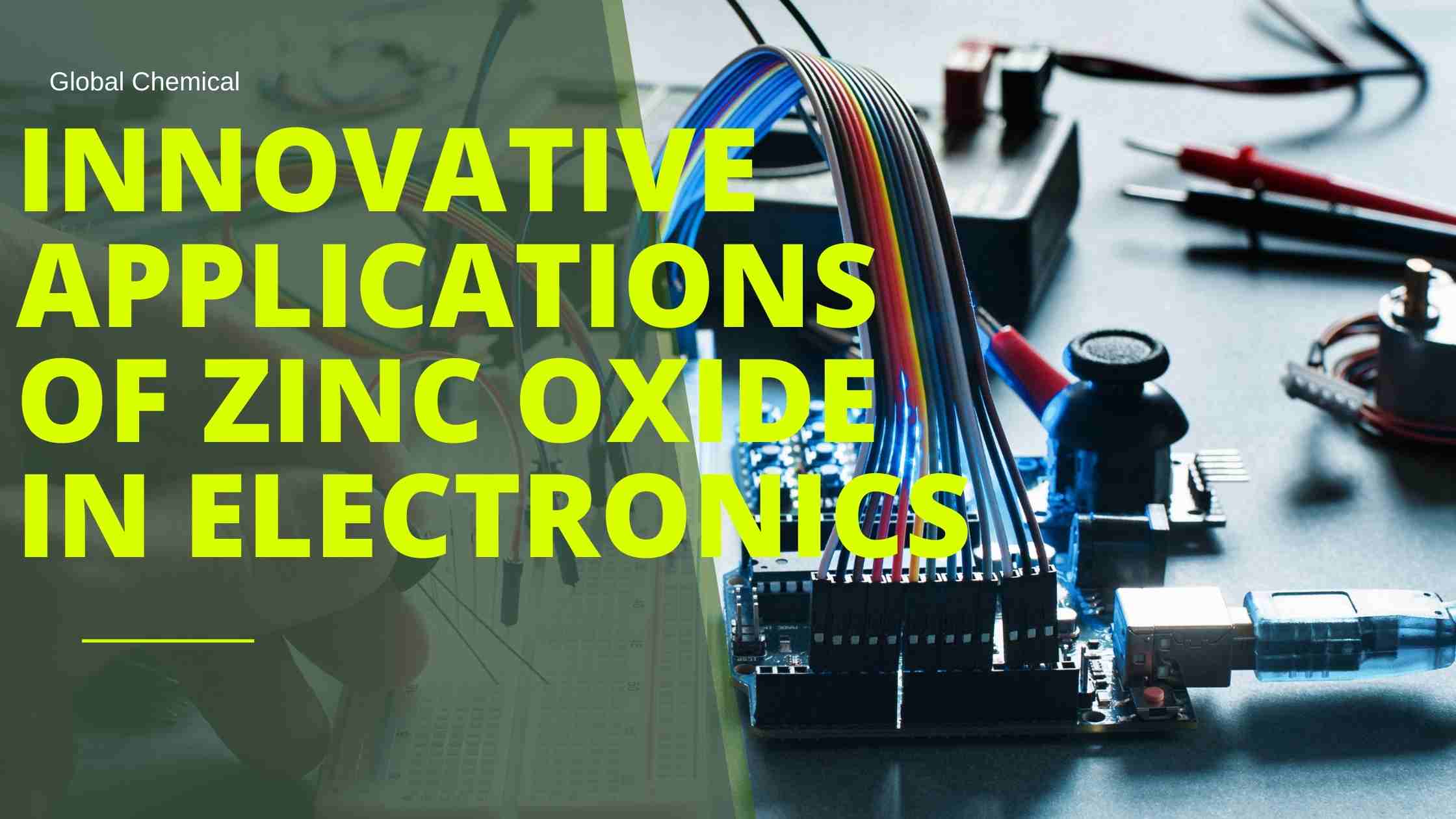
In today’s fast-paced world of technology, innovation knows no bounds. One remarkable player in this ever-evolving landscape is Zinc Oxide. While Zinc Oxide might be most commonly associated with sunscreen and pharmaceuticals, its versatile properties have led it to find an intriguing and essential role in the electronics industry. In this article, we’ll explore the unique applications of Zinc Oxide in electronic components and uncover the reasons behind its growing prominence in this dynamic field.
The Role of Zinc Oxide in Electronics
Conductivity and Semiconducting Properties
At the heart of Zinc Oxide’s allure for the electronics industry lies its exceptional electrical conductivity and semiconducting characteristics. Unlike its conventional counterparts, Zinc Oxide exhibits both conductivity and semiconducting behavior, making it a potential replacement for traditional semiconductor materials. This exceptional attribute paves the way for innovative applications across the electronics spectrum.
Transparent Conductive Films
Another fascinating avenue that Zinc Oxide explores is transparent conductive films. These films are a cornerstone of modern electronics, finding their place in touchscreens, displays, and even solar cells. Zinc Oxide’s ability to form transparent conductive films that maintain their electrical properties under strain has opened doors to flexible and foldable electronic devices, revolutionizing the way we interact with technology.
Zinc Oxide Nanowires and Nanomaterials
Introduction to Nanomaterials
As electronics continue to shrink in size, the world of nanomaterials has gained significant attention. Nanomaterials, defined by their unique properties at the nanoscale, are at the forefront of electronic innovation. One standout example in this realm is Zinc Oxide nanowires.
Applications of Zinc Oxide Nanowires
Zinc Oxide nanowires are captivating researchers and engineers alike with their promise in nanoscale electronic devices. These tiny structures boast a range of applications, from sensors that detect minute changes in their environment to transistors that can be integrated into cutting-edge electronic circuits. Moreover, their potential as quantum dots holds promise for enhancing the capabilities of display technologies and information processing.
Varistor and Piezoelectric Applications
Varistors: Protecting Electronics from Voltage Surges
In the world of electronics, the risk of voltage surges is a constant concern. Enter Zinc Oxide-based varistors – electronic components that act as surge protectors. When a sudden surge in voltage occurs, these varistors exploit Zinc Oxide’s nonlinear electrical behavior to divert excess energy away from sensitive components, shielding them from harm.
Piezoelectricity: Generating Energy from Mechanical Stress
Imagine if the simple act of pressing a button on your device could generate a small amount of energy to power it. This is the magic of piezoelectricity, a phenomenon that converts mechanical stress into electrical energy. Zinc Oxide’s piezoelectric properties have found applications in piezoelectric sensors that can detect vibrations and even energy-harvesting devices that capture energy from everyday movements.
Zinc Oxide in Emerging Electronics
Flexible Electronics
The demand for flexible and wearable electronics is on the rise, driven by the need for more adaptable and user-friendly devices. Zinc Oxide has stepped up to this challenge, offering a viable solution for creating bendable displays and electronic textiles. Its combination of electrical performance and flexibility makes it a game-changer in this exciting frontier.
Nanogenerators
In a world where energy efficiency is paramount, Zinc Oxide nanowires shine as potential energy harvesters. These nanogenerators can convert mechanical energy from various sources into electricity, showcasing Zinc Oxide’s contribution to sustainable and self-powered electronic devices.
Future Prospects and Conclusion
Zinc Oxide’s journey from sunscreen to electronics has been nothing short of remarkable. Its unique properties, from electrical conductivity to piezoelectricity, have sparked innovation across a wide range of electronic applications. As research and development continue, we can expect to witness even more groundbreaking uses of Zinc Oxide, propelling the electronics industry into a new era of efficiency, sustainability, and endless possibilities. So, the next time you interact with your electronic devices, remember that Zinc Oxide might just be working behind the scenes, pushing the boundaries of what’s possible in the world of technology.
